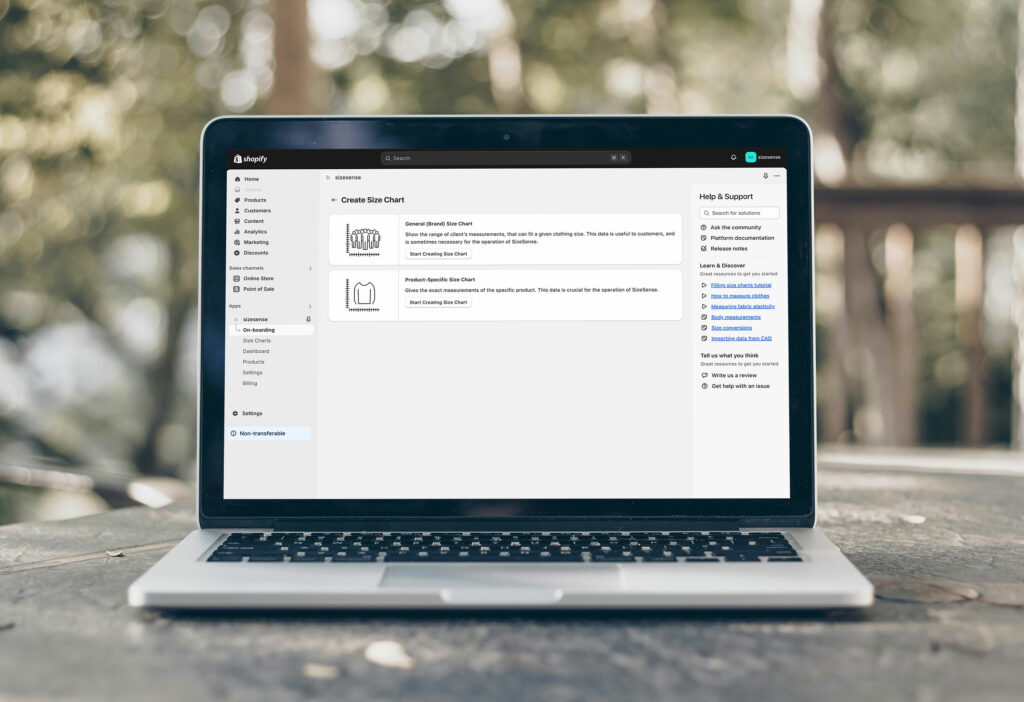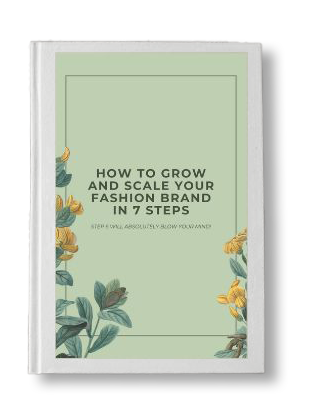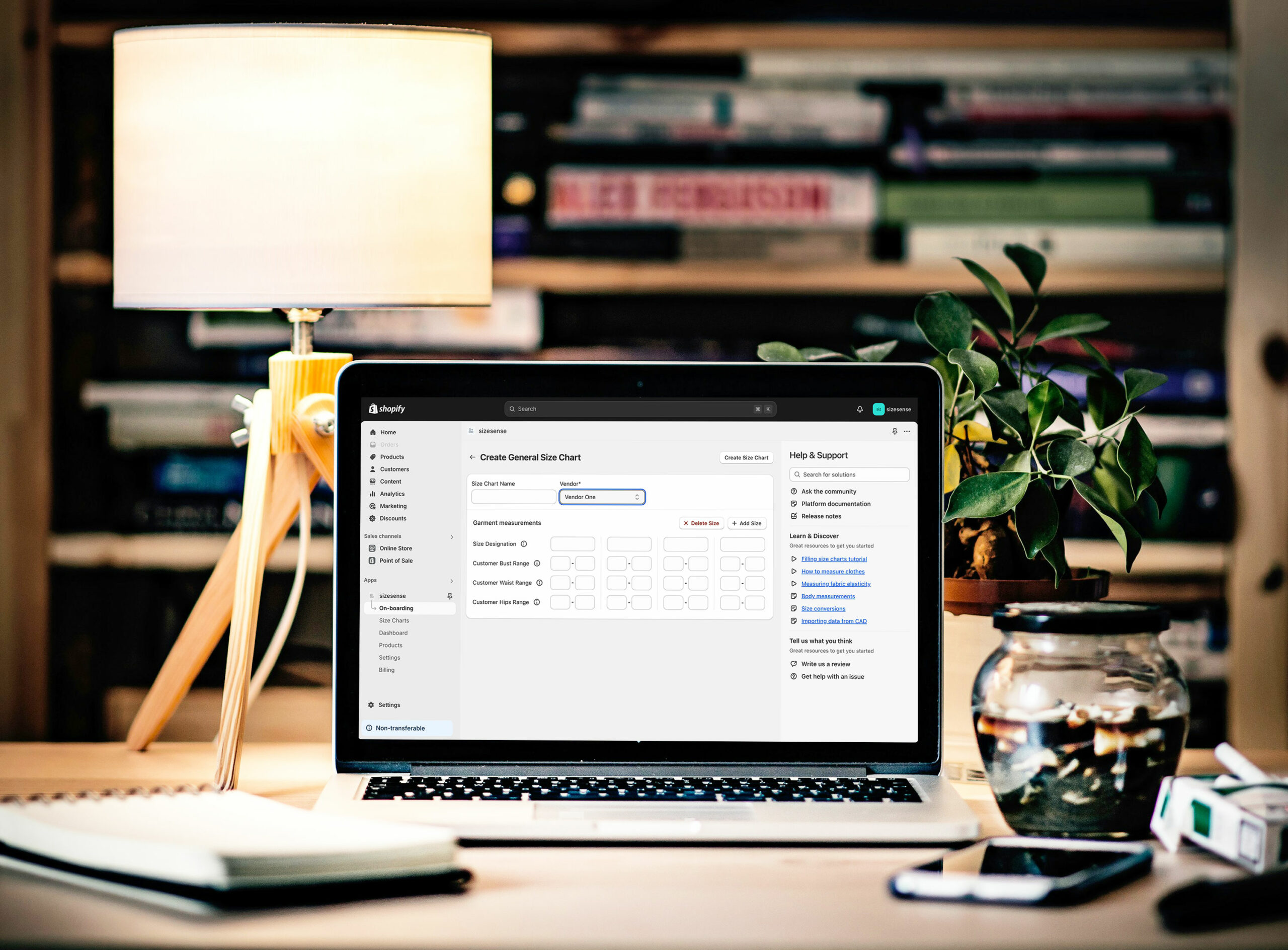It would be fair to report that size recommendation tools have sprouted everywhere in recent years.
Some are better than others, but unfortunately, a shocking amount of tools completely miss the mark in providing relevant fitment.
We’ve prepared an extensive checklist to help you pick a proper solution for your fashion store.
Check it out!
1. Accuracy and Reliability
Your tool of choice should provide accurate and reliable size recommendations.
In general, the plugin that will provide the most accurate size recommendations to your customers is the one that matches the customer’s body measurements to the specific product they are considering.
Tools that rely on past purchase analysis from other brands, matching size guides across brands, or predicting based on weight and height remain lackluster.
Why?
Quite a few reasons here. First, every customer has unique body measurements (and shape). As a common practice, every brand also uses different size charts. To top it off, every piece of clothing has distinct designs, measurements, and fabric properties.
If a size recommendation tool does not align the customer’s body measurements with the specific product’s measurements and considers the product’s design and fabric elasticity, the recommendation will not be accurate.

2. Adaptability to Different Body Types
A customer’s body measurements alone won’t cut it, however. An effective tool should always consider their body shape, too.
Providing an accurate size recommendation doesn’t end with proper garment fit. The plugin also has to suggest what clothing will look amazing on the customer according to their body shape.
3. Consideration of Fabric Elasticity
This acts as the weak point of many existing solutions.
The right tool will factor in aspects such as fabric elasticity and stretch, as they can drastically affect the fit.
Two garments can share the same measurements, yet be composed of fabrics differing in their elasticity. Imagine if one of the materials stretches by one or two inches, while the other has double the elasticity. You end up with two completely different sizes!
In this sense, it’s imperative to look for advanced algorithms that take into account fabric types and their properties.

4. User-Friendly Interface
No matter how genius the features and capabilities are, a clunky size recommendation tool won’t cut it.
You should look for a plugin that’s easy for customers to use. It should come with a simple and intuitive interface. Look for additional features such as step-by-step guidance, tutorials, and a Q & A section, as well as visual help with navigating the size recommendation tool.
5. Integration Capabilities
Some solutions work well with specific platforms and run buggy with others.
Always verify that the tool integrates seamlessly with the ecommerce platform you use (Shopify, Magento, WooCommerce among many others).
6. Customization Options
You should never have your branding jeopardized or constrained. The proper tool should always allow customization that matches your store’s branding and overall design.
Additionally, remember to check whether the size recommendation tool can handle the variety of clothing items and sizes you sell.
7. Data Security
Consumers are increasingly anxious about their data and how it’s protected. Make sure that the tool adheres to data protection regulations and securely handles customer information.
Extensive privacy policies and up-to-date encryption practices should be at the core of the plugin you choose.
Get a FREE copy of our eBook
Boost Sales For Your Fashion Brand!

a must read for every fashion designer and brand owner who wants to scale their business.
8. Support and Training
What happens if you need help with operating the size recommendation tool? Would you spend an uncomfortable amount of time waiting on technical support?
Always check if the developer offers comprehensive support and training for your team. Look out for resources such as tutorials, FAQs, and customer service availability.
9. Cost and ROI
Running a business involves carefully planning your expenses.
How much does the tool cost? Does its price make sense compared to your potential return on investment?
Evaluate whether the reduction in returned orders and boost to overall customer satisfaction justifies the expenses you’ll incur.
10. Trial Period or Demo
You need to test out what you’ll be signing up for. Always opt for tools that offer a trial period or a demo. You need to evaluate their overall effectiveness before committing.
A good practice is to perform an isolated test with a small segment of your inventory. Gather feedback from your customers and assess the results of using this particular app.
Well, there you have it!
These ten points are an extensive must-have list when picking the right size recommendation tool.
If you follow them, you’ll end up with a solution that actually enhances your customer’s shopping experience and improves your store’s efficiency.
Or you can simply give Size Sense a chance. We created our app following all ten principles discussed here because we were dissatisfied with the existing solutions.Size Sense is available on the Shopify app store. Demo our size recommendation tool and take your fashion storefront to the next level!

Leave a Reply
You must be logged in to post a comment.